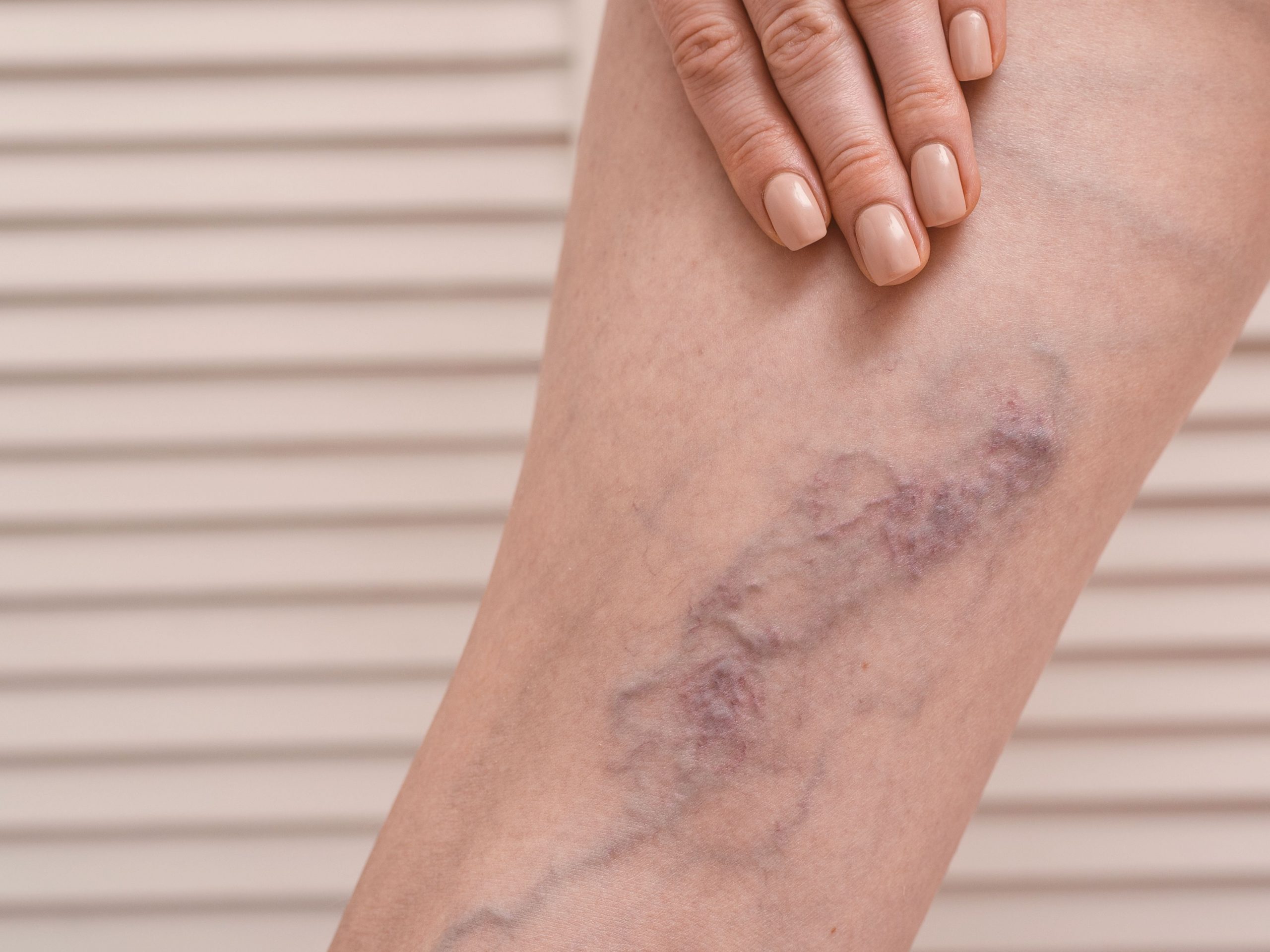DVT and working from home
What is DVT?
DVT is an acronym for deep vein thrombosis which essentially is a blood clot also known as thrombus which forms in one of your veins. Most common area for the blood clot formation is the calf, which is your lower leg, however, the clot can form in any part of your body. Thrombus usually forms due to lack of movement in a particular area of the body or increased blood viscosity which could be due to high cholesterol or diabetes. This could be due to sedentary lifestyle, occupation or immobilisation after an injury or an operation.
Can working from home cause DVT?
There are few variables which can influence the formation of DVT, but in short, yes it can. If you work at a desk for many hours throughout the day without moving much, you increase your risk of developing the DVT because the circulation is reduced particularly in the lower limbs.
Can desk based jobs cause DVT?
Yes, it can, regardless if you work from home or in the office, if you spend many hours at your desk without moving, you increase the risk of developing the DVT.
What are the symptoms of DVT?
DVT may present several symptoms. Most common symptom is pain in the affected area which usually is the calf. In the vast majority of cases DVT forms in one limb, it is quite rare to have DVT developing in both. If you have DVT, pain usually worsens with activity because during an activity, muscles need more blood supply, however, blood clot restricts the blood flow resulting in pain. You may also feel tenderness and pain while touching the affected vein. Area around the DVT may also swell up and become red and hot. You may also experience a throbbing sensation in the affected limb.
How to prevent Block Clot?
To reduce the risk of developing the DVT it is suggested to make some lifestyle changes. Be more active throughout the day. Having regular walks is one way of reducing the risk of DVT. If you are working from home or at an office and spend many hours at a desk, ensure to have regular breaks where you can stand up and move about even if it is for a few minutes. Doing it multiple times throughout the day will reduce the risk of development of DVT. Also, try to manage your weight and reduce or quit smoking if you can. Try not to exceed recommended alcohol intake and moderate eating foods which are high in saturated fats which are usually deep-fried fast foods. Ensure to drink plenty of water as dehydration can increase the risk of developing the DVT.
Can I continue working with DVT?
If you suspect that you have Deep Vein Thrombosis (DVT), it’s important to seek medical advice from Functional Medicine Associates promptly. DVT, if left untreated, can pose a life-threatening risk if the blood clot breaks free and travels to the lungs. Upon a proper diagnosis by your GP, an appropriate treatment plan will be devised to help dissolve the blood clot, which may take several weeks and require you to stay at home. Learn more about the importance of early detection and treatment of DVT by paying a visit to your trusted medical professional for more advice.
Is DVT life threatening?
In most cases, where it is diagnosed in good time, DVT can be treated well. However, if the thrombus would dislodge, it may travel through the blood vessels and move into your lungs causing a condition known as pulmonary embolism which is a life-threatening emergency.
Does DVT go away on its own?
If you think you have the DVT and it causes you symptoms named above, you will need a special medical treatment to dissolve the clot. However, having small blood clots is normal and they usually disappear by themselves without causing any symptoms.
What are the other risk factors for DVT?
Common risk factors for DVT are:
- Being overweight.
- Having an increased cholesterol level.
- Smoking.
- Excessive alcohol consumption.
- Poor diet high in saturated fats.
- Inactivity.
Can I exercise with DVT?
If you are suffering from DVT, you should consult your GP regarding any exercise that you would like to do. In general, it is suggested that gentle exercise can improve the symptoms of DVT and reduce the swelling, however, in order to ensure that exercises are performed safely, you should seek medical advice.
We hope this information is useful. If you need advice or have any questions about our treatments, please contact us. You can find us in Mill Hill Broadway and Islington. We are always glad to help.
References:
https://www.ahajournals.org/doi/pdf/10.1161/01.RES.14.1.1
https://www.thelancet.com/pdfs/journals/lancet/PIIS0140-6736(05)66860-2.pdf



